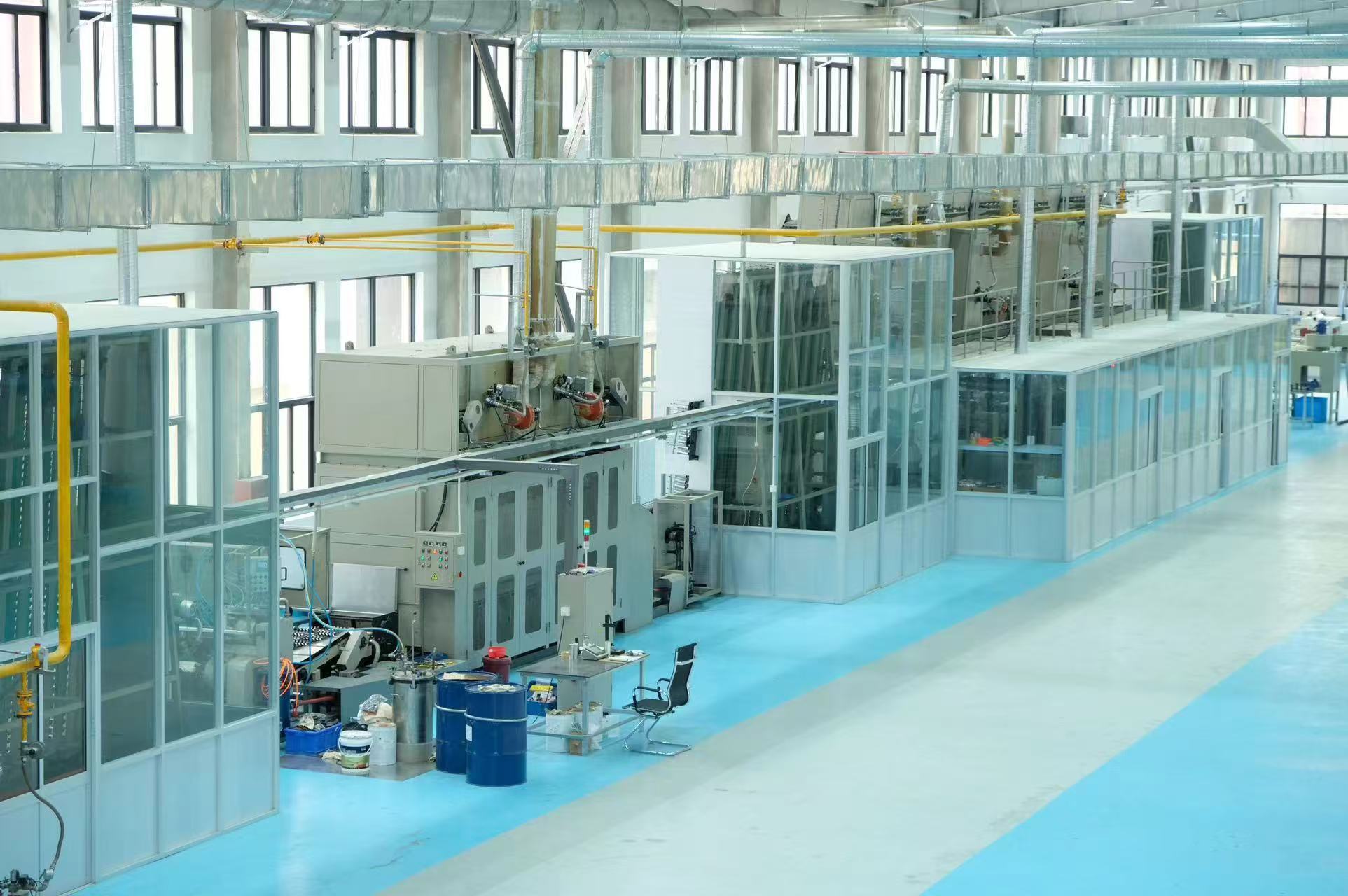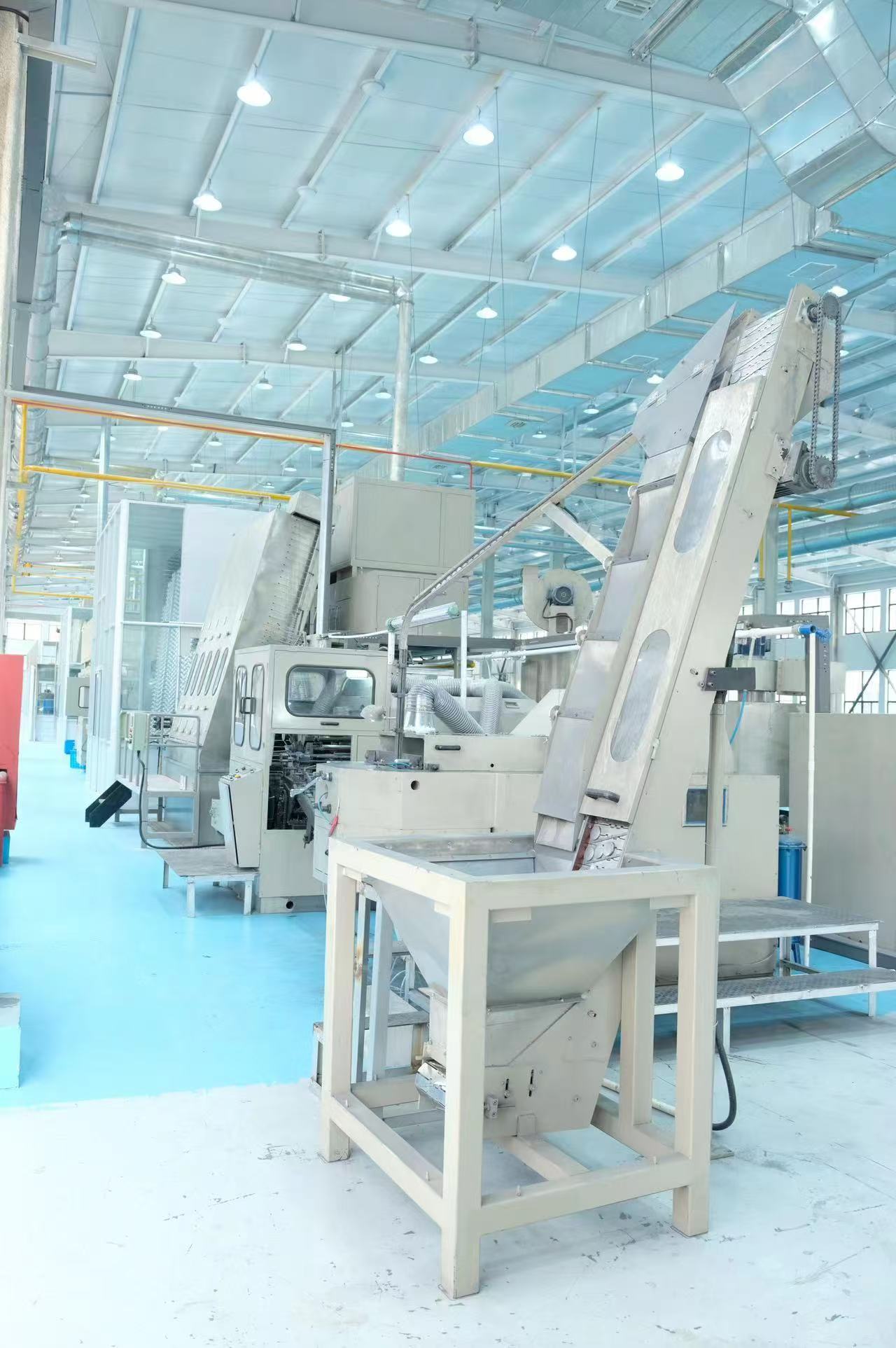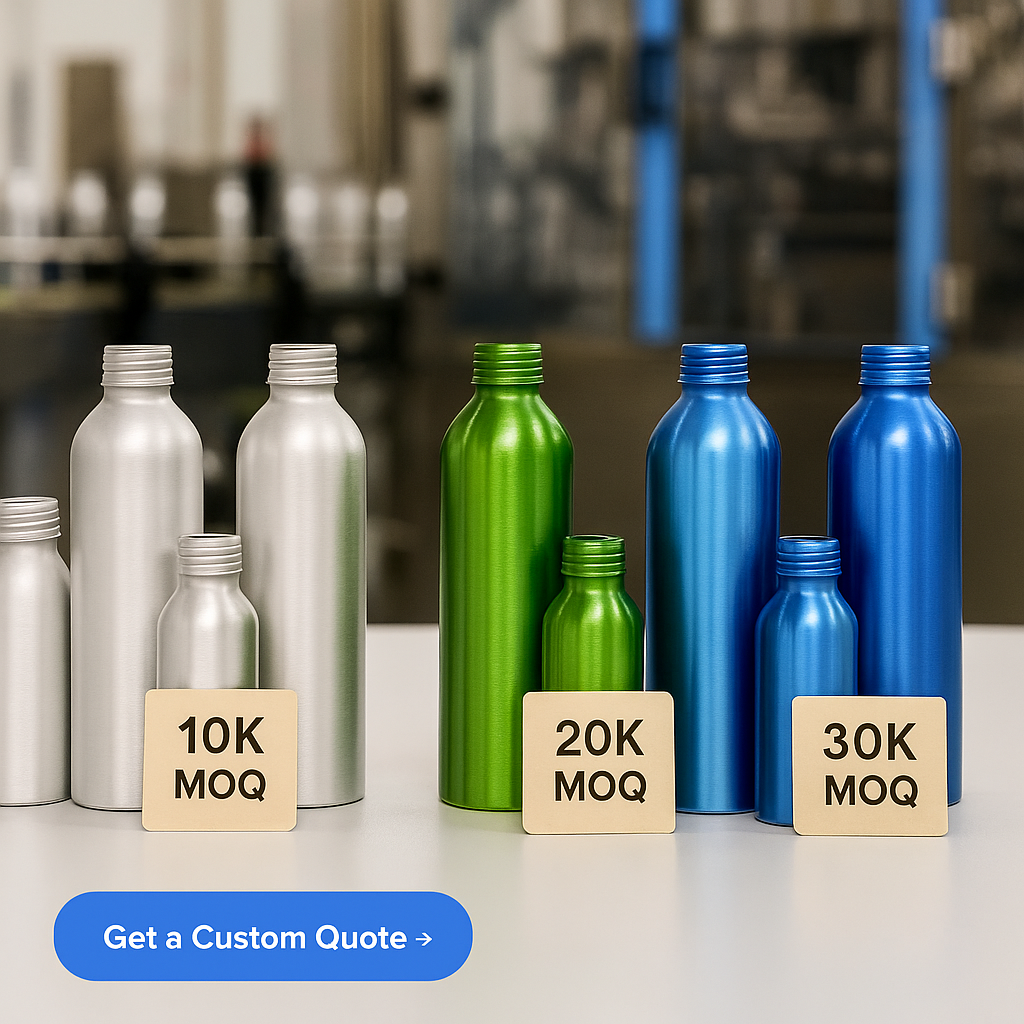
When I first ventured into buying aluminum bottles in bulk, I had so many questions about order sizes and delivery times.
Typically, the minimum order quantity for aluminum bottles is 30,000 pieces on automatic lines and 5,000 to 10,000 on semi-automatic ones. Delivery usually takes around 30 days, but it might be longer during busy seasons.
Reflecting on my own experience with this, I remember feeling torn between the efficiency of automatic production and the flexibility of semi-automatic options. For small businesses or startups, like mine was, starting with a lower MOQ can be a game-changer. And though waiting for that delivery can test your patience, knowing what to expect allows you to plan better and maybe even coordinate with other orders to make things smoother.
Automatic lines require MOQ of 30,000 bottles.True
Automatic production requires high MOQ due to setup costs.
Semi-automatic production has a 30-day delivery cycle.False
The typical delivery cycle is 30 days for both production types.
How Do Production Methods Affect Aluminum Bottle Orders?
Curious about how production methods shape your aluminum bottle orders? Dive into the details with me as we explore the nuances from MOQs to customer satisfaction.
Production methods impact aluminum bottle orders by setting minimum order quantities (MOQ), costs, and delivery times. Automatic lines cater to large orders with higher MOQs, while semi-automatic methods offer flexibility for smaller businesses. Each method uniquely influences production cycles and customer satisfaction.

Automatic vs. Semi-Automatic Production
Choosing between automatic and semi-automatic production lines can feel like a game of chess—each move affects the outcome of my aluminum bottle orders. With automatic lines, I need to commit to a hefty 30,000 pieces minimum order quantity (MOQ). It's like buying in bulk at a wholesale store—perfect for large-scale needs, but not so much for one-off buys. The setup time and cost of these sophisticated machines make this high MOQ necessary. For businesses needing large volumes1, this is a dream come true, cutting down per-unit costs and ramping up efficiency.
On the flip side, semi-automatic production is my go-to when I'm not ready to commit to such high numbers. With MOQs starting at just 5,000 to 10,000 pieces, it's like shopping at a boutique instead of a big box store. This flexibility is crucial for smaller businesses or startups like mine, where every penny counts. It opens the door to custom orders or niche markets2 without breaking the bank.
Impact on Production Cycles
The rhythm of production cycles dances to the beat of my chosen method. Automatic lines might be marathon runners—once they hit their stride, they cover ground quickly. However, getting them out of the starting block can take around 30 days, and in peak seasons or unexpected hiccups, this might stretch to 40-50 days. Semi-automatic lines, though slower in pace, are like sprinters ready to adapt to changes in specifications—perfect for swiftly responding to market fluctuations3.
Cost Implications and Environmental Impact
Cost is always on my mind when deciding on production methods. Automated systems might feel like a steep investment initially due to setup and maintenance costs, but they can slash per-unit expenses if I'm ordering in high volumes. However, semi-automatic systems are more budget-friendly upfront and often align with my values of environmental sustainability4, using less energy and generating less waste.
Customer Satisfaction and Market Demand
Ultimately, how I choose to produce affects how well I meet my customers' needs. Automatic lines thrive on high-volume demands but might stumble when flexibility or customization is needed. Semi-automatic methods bring the versatility I crave for custom designs or limited editions5, enhancing customer satisfaction by offering tailored solutions.
Understanding these factors helps me pick the right production method based on my specific needs, directly impacting my market position and relationships with customers.
Automatic lines require 30,000-piece MOQ.True
Automatic production needs high setup time and costs, thus a high MOQ.
Semi-automatic production has a 30-day delivery time.False
Delivery time is generally 30 days, not specific to semi-automatic.
What are the Advantages of Semi-Automatic Production?
Ever wondered how to balance efficiency and cost in production? Let me share what I've learned about the perks of semi-automatic systems.
Semi-automatic production offers key benefits like lower minimum order quantities (MOQs), cost savings, and flexible scheduling, making it perfect for small businesses and startups.

I remember when I first explored semi-automatic production. The idea of balancing the precision of automation with the hands-on touch of manual work was intriguing. It was like finding the sweet spot between a high-tech dream and practical reality, especially for a small business like mine.
Lower Minimum Order Quantities
One of the biggest game-changers for me was the significantly lower minimum order quantity6 (MOQ). When you're just starting out, committing to massive orders isn't always feasible. I discovered that while fully automatic production lines might demand an MOQ of 30,000 units due to setup costs and time, semi-automatic systems could bring this down to as low as 5,000 units. This shift made it accessible for me, allowing my business to grow at a more comfortable pace.
Cost Efficiency
I’ve always been mindful of where every dollar goes in my business. Semi-automatic production lines provided a cost-effective solution without requiring a huge investment. They cut down on both machine setup and maintenance costs, which was a relief for my limited budget. By reducing labor costs but not eliminating human oversight, I found that I could maintain high-quality standards without breaking the bank.
Flexibility in Production Scheduling
Flexibility in production scheduling was another selling point for me. With semi-automatic systems, I could adjust my production schedules based on customer demand or unexpected order changes. This adaptability proved invaluable during peak seasons or when sudden shifts occurred, allowing me to efficiently coordinate with other orders and minimize downtime.
Enhanced Quality Control
Semi-automatic systems retained just the right amount of human involvement to ensure enhanced quality control. Operators could perform checks and balances at various stages, which meant any deviations from quality standards were promptly addressed. This blend of human touch and automation particularly resonated with me in industries where precision is non-negotiable.
Versatile Applications Across Industries
Lastly, the versatility of semi-automatic production across industries—from packaging7 to electronics—made it an adaptable choice for my business. Whether dealing with high-mix low-volume or low-mix high-volume production environments, semi-automatic systems offered a tailored approach that could be fine-tuned to meet specific needs.
Reflecting on my journey with semi-automation, it’s clear how these advantages have shaped my business trajectory. Embracing semi-automatic production has been like having a reliable partner that grows with you, offering the flexibility and efficiency needed to thrive.
Semi-automatic production lowers MOQ to 5,000 pieces.True
Semi-automatic production requires a lower minimum order quantity, making it suitable for small businesses.
Automatic lines have a 20-day delivery time in peak season.False
Delivery time in peak season extends to 40-50 days, not 20 days, for automatic lines.
Can I Order Aluminum Bottles Below the MOQ?
Ever been daunted by those minimum order quantities when ordering aluminum bottles? You're not alone, and there might be a way around it!
Yes, sometimes you can order aluminum bottles below the MOQ by tapping into semi-automatic production or aligning with existing production runs. This involves negotiation and being flexible with delivery schedules.

Understanding MOQ in Aluminum Bottle Production
Navigating the world of manufacturing can feel like entering a labyrinth, especially when confronted with the term Minimum Order Quantities (MOQ). It's like standing in a grocery store, wanting just one apple but being told you need to buy the whole orchard. For aluminum bottles, this often means a commitment to at least 30,000 units8 due to the high costs of setting up automatic production lines. But don’t fret if this number feels overwhelming; not every path requires such a massive commitment.
Semi-Automatic Production as an Alternative
When I first started out, the thought of ordering tens of thousands of anything was enough to make my head spin. But then I discovered semi-automatic production, which felt like finding a secret door in that maze. This method typically allows for smaller MOQs, around 5,000 to 10,000 units, making it much more manageable for small businesses or entrepreneurs like me who need flexibility9 without sacrificing quality.
Aligning Orders with Existing Production Runs
Another trick I learned was to sync my orders with existing production schedules. Think of it as hitching a ride on an already moving train. By finding manufacturers who could slide my order into their current runs—especially if they’re making bottles with similar specs—I could dodge the hefty MOQ. Sure, it took some open communication and negotiation, but it significantly lowered costs.
Negotiating with Suppliers
Negotiation is where the magic happens. I found that being upfront about my needs and showing a willingness to wait a bit longer for delivery or to accept slightly altered specifications could go a long way. Suppliers often appreciate honesty and might offer flexible terms10 if they see potential in building a long-term partnership.
Considerations for Lead Times
Patience became my best friend when dealing with orders below the MOQ. Typically, deliveries took around 30 days, but during peak times or when aligning with other orders, delays were inevitable. Understanding these timelines helped me plan better and keep my expectations in check for my projects.
Automatic lines require 30,000 MOQ for aluminum bottles.True
Automatic production requires high MOQ due to setup and costs.
Semi-automatic production offers a 30-day delivery time.False
Delivery time is typically 30 days, not specific to production type.
How Does Peak Season Influence Delivery Times?
Ever felt the stress of waiting for a package during the holidays? Delivery times can feel like a game of chance!
Peak season significantly impacts delivery times by skyrocketing demand, which strains supply chains and often extends shipping durations by 20-50%. To keep customers happy, businesses need to anticipate these delays and plan ahead.

The Dynamics of Demand Surge
I remember one holiday season when I was eagerly waiting for a gift I’d ordered online. Each day felt like an eternity as I tracked the package’s progress (or lack thereof) through congested shipping networks. During peak seasons, such as holidays or significant sales events, demand surges, and businesses scramble to keep up with customer expectations. They might need to hire seasonal workers11 or lease extra storage space just to manage the influx of orders.
Impact on Logistics and Supply Chains
The logistics side of things gets pretty intense, too. Picture this: trucks lined up at distribution hubs, waiting to unload and reload. Transportation networks become congested, leading to longer transit times and potential bottlenecks at key distribution hubs. Shipping companies may impose surcharges or limit shipments just to keep things moving smoothly. Additionally, unforeseen disruptions such as adverse weather conditions12 can exacerbate delays.
Strategies to Mitigate Delays
Over time, I’ve learned some tricks to handle these delays better. To mitigate the impact of peak season on delivery times, businesses can adopt several strategies. Diversifying suppliers and carriers is one way to keep things flexible and reduce dependency on single sources. Implementing advanced inventory management systems13 allows companies to forecast demand more accurately and allocate resources efficiently. It’s also crucial to keep communication lines open with customers—letting them know about potential delays can maintain trust and manage expectations.
Leveraging Technology for Efficiency
Thank goodness for technology, right? Technological advancements offer promising solutions to streamline operations during peak seasons. Innovations like automation in warehouses through robotics or AI-driven analytics are game-changers; they help optimize everything from inventory handling to order processing. And real-time tracking systems? They’re my favorite! They provide visibility into shipments, allowing businesses like mine to make informed decisions and keep customers updated with accurate delivery timelines.
By getting a handle on these factors, businesses can tackle the challenges of peak seasons head-on, ensuring smoother operations and happier customers during those high-demand periods.
Automatic lines require 30,000 MOQ for aluminum bottles.True
Automatic production requires high MOQ due to machine setup costs.
Semi-automatic production has a 30-day delivery cycle.False
The standard delivery cycle is 30 days, not specific to production type.
Conclusion
Aluminum bottles have a minimum order quantity of 30,000 for automatic production and 5,000-10,000 for semi-automatic. Delivery typically takes 30 days, extending during peak seasons.
-
Discover how automatic lines optimize large-scale manufacturing efficiency. ↩
-
Learn why semi-automatic production suits small or custom orders. ↩
-
Understand how different methods influence agility in meeting demands. ↩
-
Explore how semi-automatic processes support sustainability goals. ↩
-
Find out how these methods enhance product personalization. ↩
-
Learn how lower MOQs benefit small businesses. ↩
-
Explore its applications and benefits in packaging. ↩
-
Learn more about why MOQs are necessary for automatic production lines. ↩
-
Discover how semi-automatic processes benefit small-scale orders. ↩
-
Find tips on negotiating flexible terms with suppliers. ↩
-
Learn how extra workforce can improve supply chain performance. ↩
-
Understand how weather conditions can disrupt delivery schedules. ↩
-
Explore how technology enhances inventory control and reduces delays. ↩






